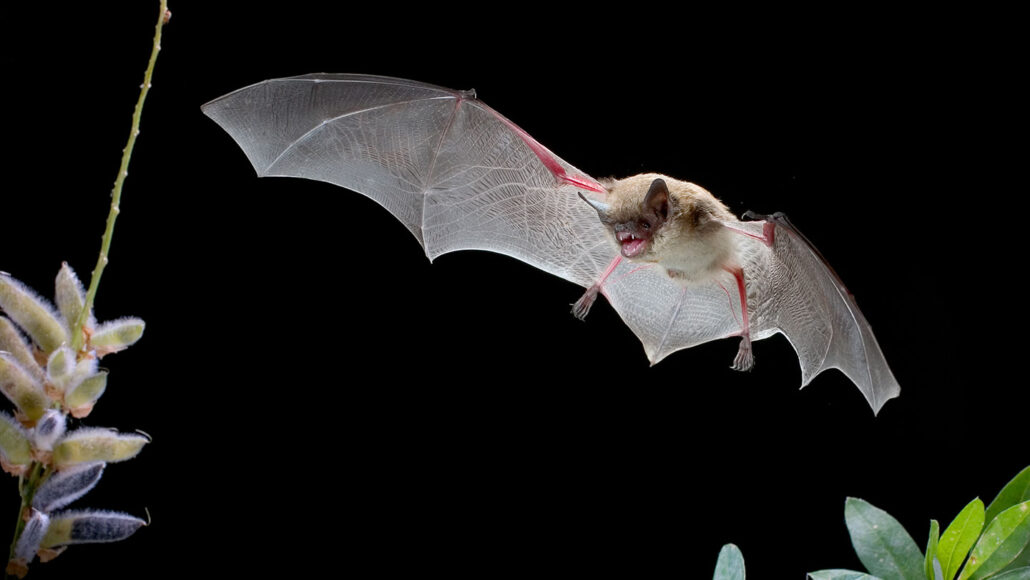
Life
Has the Endangered Species Act saved species from extinction?
After 50 years, this landmark law has kept many species alive — but few wild populations have recovered enough to come off the “endangered” list.
Come explore with us!

After 50 years, this landmark law has kept many species alive — but few wild populations have recovered enough to come off the “endangered” list.
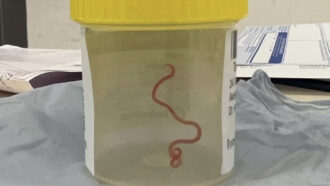
This worm typically infects pythons. Though this is its first known infection in humans, other types of worms also can infect the human brain.
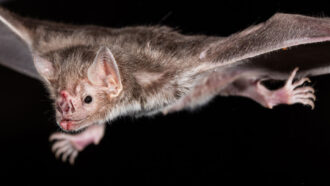
Vampire bats rarely bite people, instead preferring to feed on animals like cows and horses.

Unfortunately, scientists worry that this atypical sea warming may actually be the beginning of an unwelcome new ‘normal.’
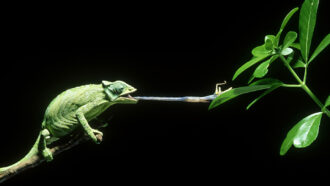
Ecological relationships between predators and their prey drive the evolution of plants, animals and microbes.
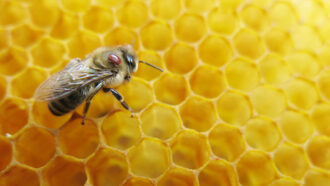
At Regeneron ISEF, three teens debuted an infrared system to detect honeybees carrying mites. It can show beekeepers when a colony needs to be treated.

Low humidity helps viruses survive, and cold weather blunts some of the body’s immune responses — making colds and other viral infections more likely.
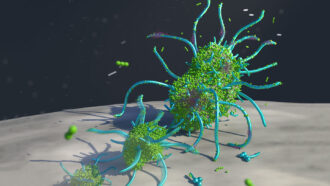
In kids with severe tooth decay, fungi and bacteria team up to create superorganisms that can crawl across teeth.

The tiny plastic bits give these germs safe havens. That protection seems to increase as the plastic ages and breaks into ever smaller pieces.

Individual seeds on a dandelion release most easily in response to winds from a specific direction. As the wind shifts, this scatters the seeds widely.